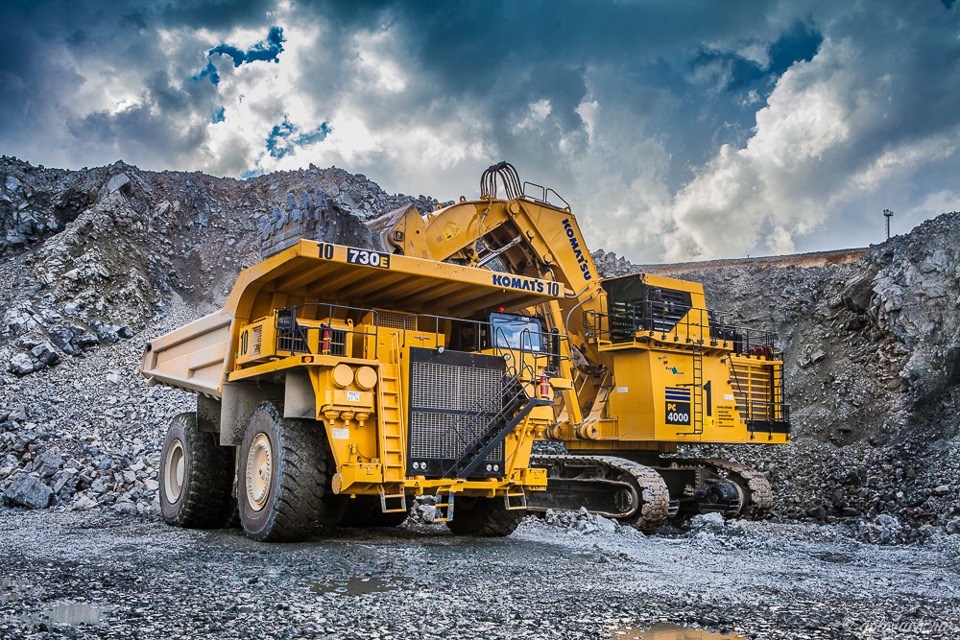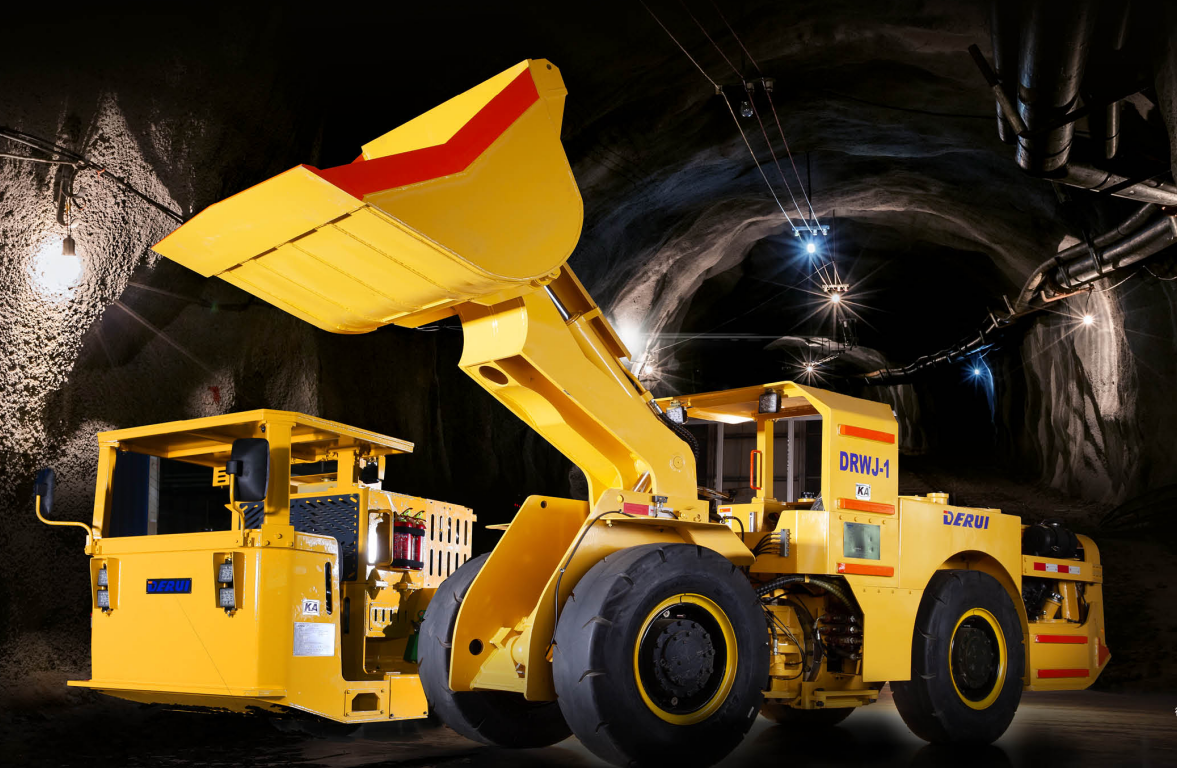The development of hydraulics and hydraulic machines from 1980 to 2025 has been marked by significant advancements and trends in various sectors.
Construction Machinery.

In the 1980s, hydraulic technology in construction machinery focused on improving the efficiency and power of excavators, loaders, and cranes. The use of hydraulic systems allowed for more precise control and increased lifting capacities. By the 1990s, the development of electronic control systems integrated with hydraulics led to more automated and efficient operation. In the 2000s, the emphasis shifted towards miniaturization and specialization, with the rise of compact excavators and specialized hydraulic attachments. Currently, the trend is towards intelligent construction machinery, with the integration of IoT and AI technologies for remote monitoring and operation.
Agricultural Machinery
Hydraulic systems in agricultural machinery, such as tractors and harvesters, have evolved from simple hydraulic lifts in the 1980s to complex systems controlling multiple functions. The 1990s saw the introduction of load-sensing hydraulics, improving the efficiency and responsiveness of agricultural equipment. In the 2000s, the development of precision farming techniques led to the use of hydraulic systems for variable rate application of fertilizers and pesticides. Today, agricultural machinery is becoming more autonomous, with hydraulic systems playing a crucial role in enabling precise and efficient farming operations.

Ship Hydraulic Machines
The application of hydraulics in ships has expanded significantly since the 1980s. Initially used for steering and anchor handling, hydraulic systems now power a wide range of shipboard equipment, including cargo handling systems, stabilizers, and propulsion systems. The 1990s witnessed the development of high-pressure hydraulic systems, enhancing the power and efficiency of ship machinery. In the 2000s, the focus was on improving the reliability and environmental performance of hydraulic systems. Currently, the trend is towards hybrid and electric-hydraulic propulsion systems, aiming for greater fuel efficiency and reduced emissions.
Oil Machinery
In the oil industry, hydraulic machines have been crucial for drilling and production operations. The 1980s saw the development of hydraulic fracturing equipment, revolutionizing the extraction of oil and gas. The 1990s brought advancements in hydraulic pumps and valves, improving the reliability and efficiency of oil machinery. In the 2000s, the focus shifted towards deep-sea exploration, with the development of high-pressure hydraulic systems for subsea equipment. Today, the trend is towards automation and remote operation of oil machinery, with hydraulic systems enabling precise control and monitoring.
Mining Machinery
Hydraulic systems in mining machinery have evolved from basic excavation and loading equipment in the 1980s to highly specialized and powerful machines. The 1990s saw the development of large-scale hydraulic excavators and haul trucks, increasing the productivity of mining operations. In the 2000s, the focus was on improving the safety and environmental performance of mining machinery. Currently, the trend is towards automation and remote operation of mining equipment, with hydraulic systems playing a key role in enabling precise and efficient mining operations.

Road Machinery
Hydraulic technology in road machinery, such as pavers and rollers, has seen continuous improvement since the 1980s. The development of hydraulic drive systems allowed for more precise control of paving and compaction processes. In the 1990s, the focus was on improving the efficiency and durability of road machinery. In the 2000s, the development of intelligent road construction equipment, with hydraulic systems integrated with sensors and control systems, led to more efficient and high-quality road construction. Today, the trend is towards sustainable and intelligent road construction, with hydraulic systems enabling precise and efficient operation.
In conclusion, the development of hydraulics and hydraulic machines from 1980 to 2025 has been characterized by continuous innovation and adaptation to the needs of various industries. The future of hydraulic technology will likely focus on further integration with digital and intelligent systems, aiming for greater efficiency, reliability, and sustainability.